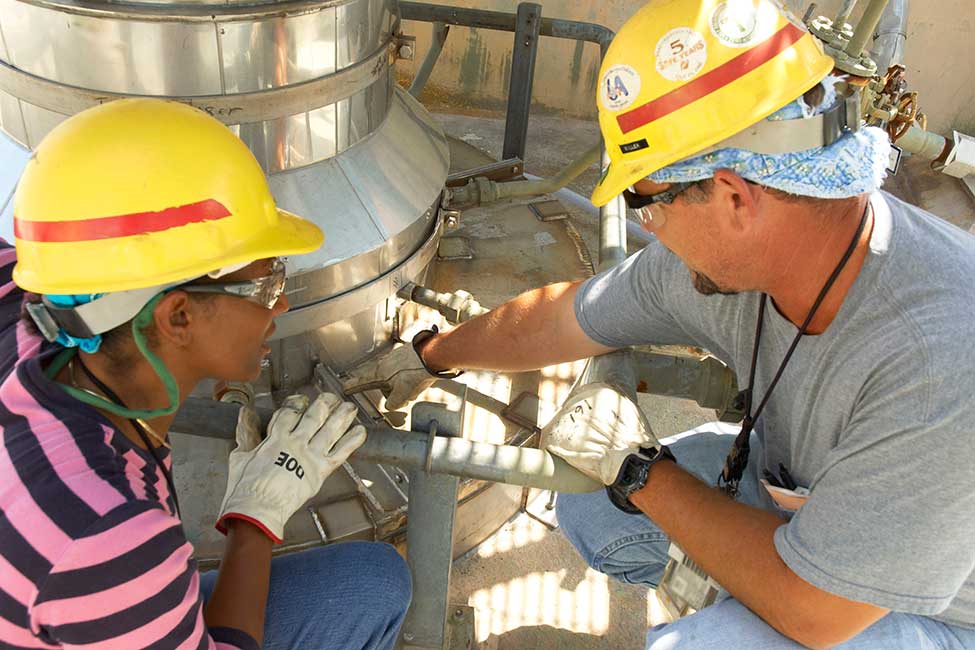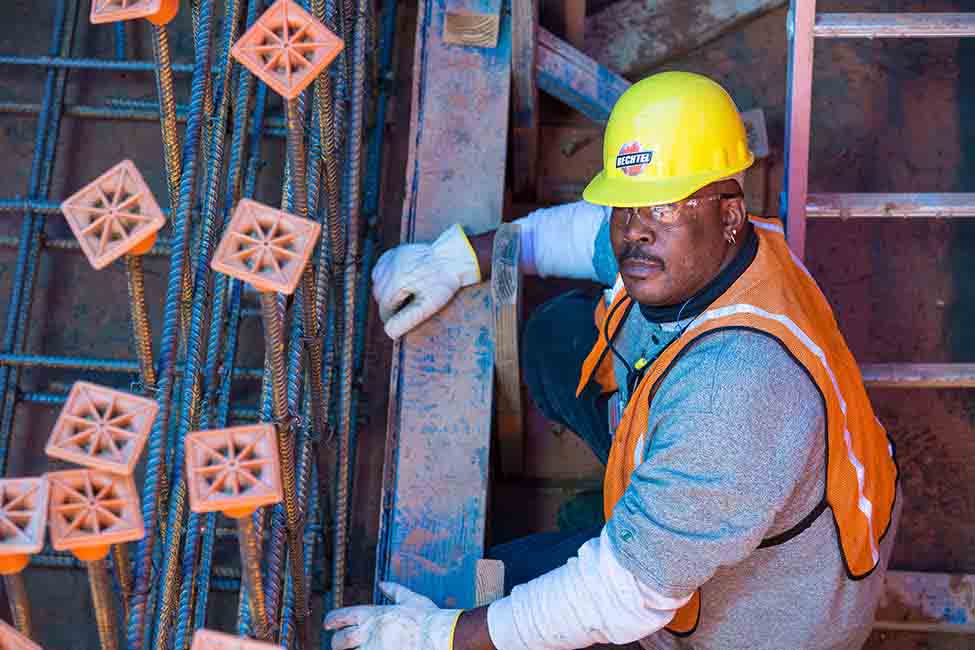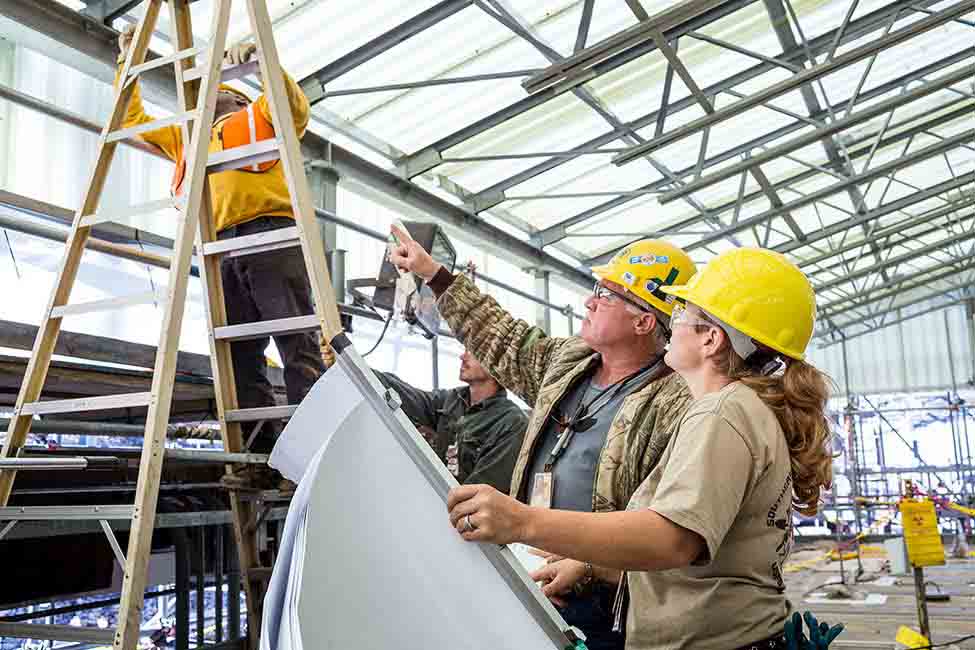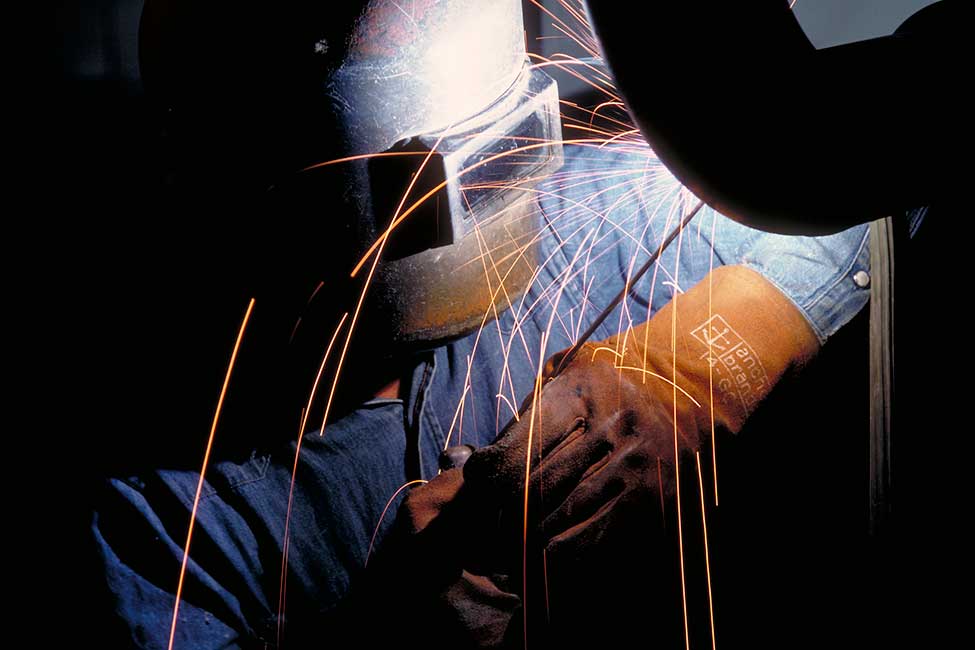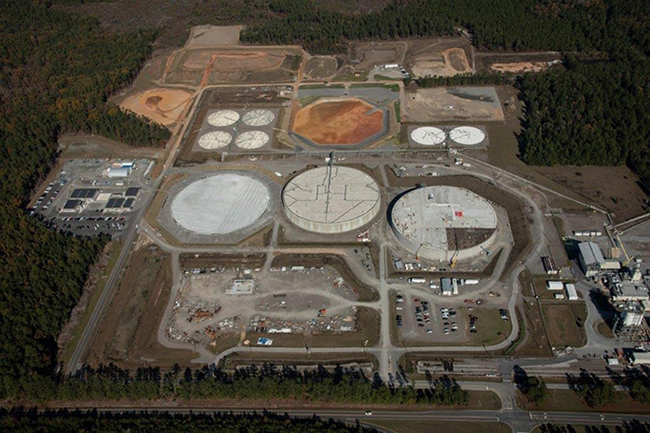Removing and cleaning up nuclear and hazardous waste remaining from the Cold War era at Savannah River Site in Aiken, South Carolina is a national priority. This remediation process is essential to accomplishing the U.S. government’s goal to protect the environment and communities around this decades-old site and we are honored to help deliver this mission at this historic location.
Five decades producing nuclear materials, including plutonium and tritium for use in U.S. weapons created nearly 35 million gallons (140 million liters) of liquid radioactive waste stored in underground steel tanks along Georgia’s Savannah River.
Bechtel is part of Savannah River Remediation LLC, which operates the Savannah River Site liquid waste complex and remediates radioactive and hazardous underground waste tanks. In addition to operations, Savannah River Remediation handles design, construction, and maintenance.
The liquid waste contract builds on Bechtel's prior experience at the Savannah River Site, which began with designing and building the Defense Waste Processing Plant, the world's largest high-level waste vitrification plant. For more information about waste vitrification, please visit our Waste Treatment Plant page.
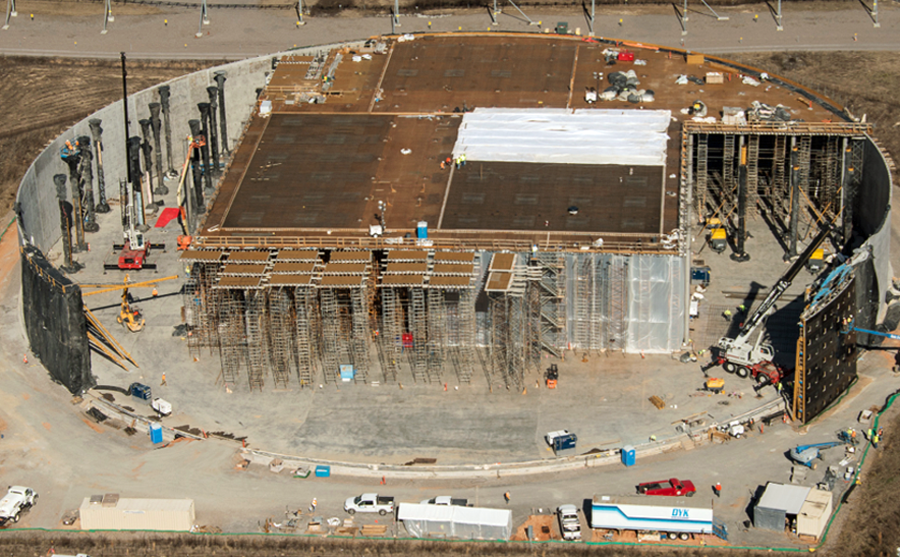
An aerial showing the internals of SDU 6 as it was being constructed.
The Saltstone Disposal Units (SDU) are large storage tanks for cement-like grout mixed with low-activity waste produced from solidification of decontaminated non-hazardous salt waste at SRS. These tanks are based on a design used commercially for storage of water and other liquids.
The 32.8-million gallon SDU 6, completed in May 2017, is more than 10 times larger than the other six SDUs. Using lessons learned and efficiencies gained from construction of SDU 6, SDU 7 was completed in 2021 eight months ahead of schedule and $32 million under budget. As of late 2021, SDUs 8 and 9 were under construction.


-SRR-2-sized.jpg)
